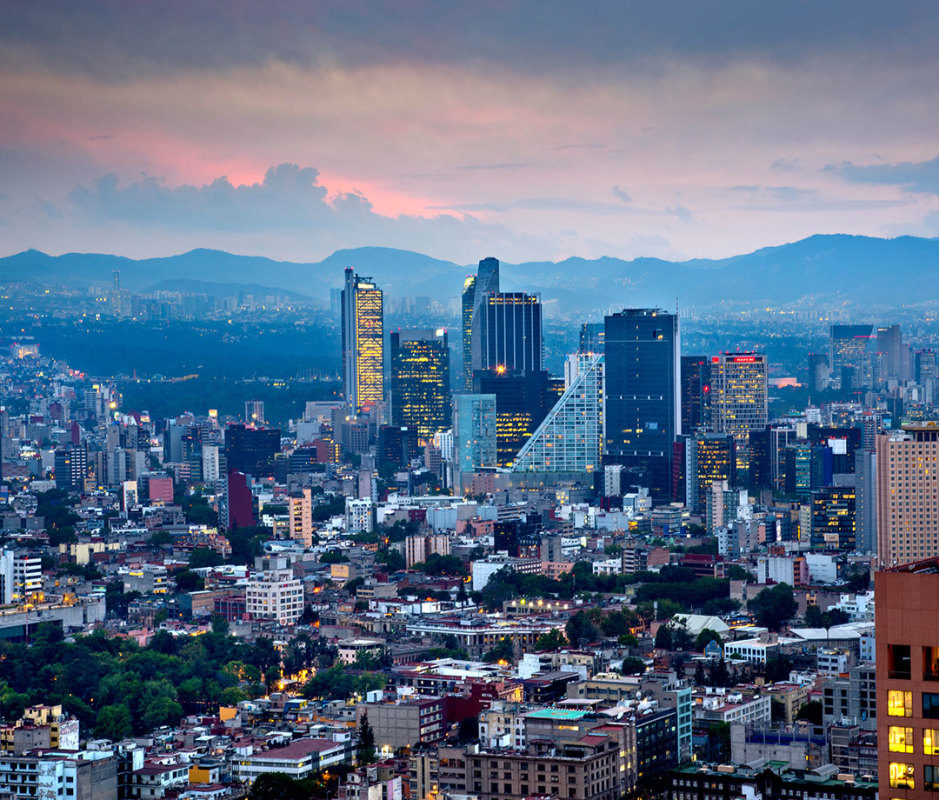
The World’s Best New Cocktail Scene Is Hiding in This Town
Historically, the best bars in Mexico City were largely confined to its traditional cantinas, where locals gathered to socialize over classic drinks like margaritas and micheladas. As global cocktail culture has gained traction in Mexico's capital, a new wave of bars has steadily emerged over the past decade, offering innovative concoctions crafted with premium spirits and local ingredients.
International tourism stats in Mexico's capital—jumping more than 20 percent in 2022 alone to around 66 million annual visitors—likely have their hand in CDMX's phenomenal bar boost. Now, as the city continues to redefine itself on the global stage, its cocktail culture reflects a rich tapestry of influences alongside Mexico City’s best restaurants, drawing inspiration from diverse culinary heritage while embracing international trends.
“There’s a certain buzz and energy you feel when you’re in Mexico City,” says Alvaro Garcia, co-owner of Rayo Cocktail Bar and Fonico Restaurant. “It’s the eclectic mix of bars and restaurants that play an integral part in that. There’s also something for everyone here, from fine dining and high-end cocktail bars, to bustling street vendors and underground speakeasies, which makes the city an inviting and thriving hotspot for visitors from all over the world."
For one of those visitors—this author—Mexico City’s increasing number of unique watering holes has also acted as an impromptu education, providing lessons on the region’s seasonal produce, its stories and customs, and which songs get a crowd of seated patrons up and dancing. In terms of cocktail culture, Mexico City is at the epicenter for a reason—featuring bars that showcase some of the finest ingredients, spirits, and talent from across the country.
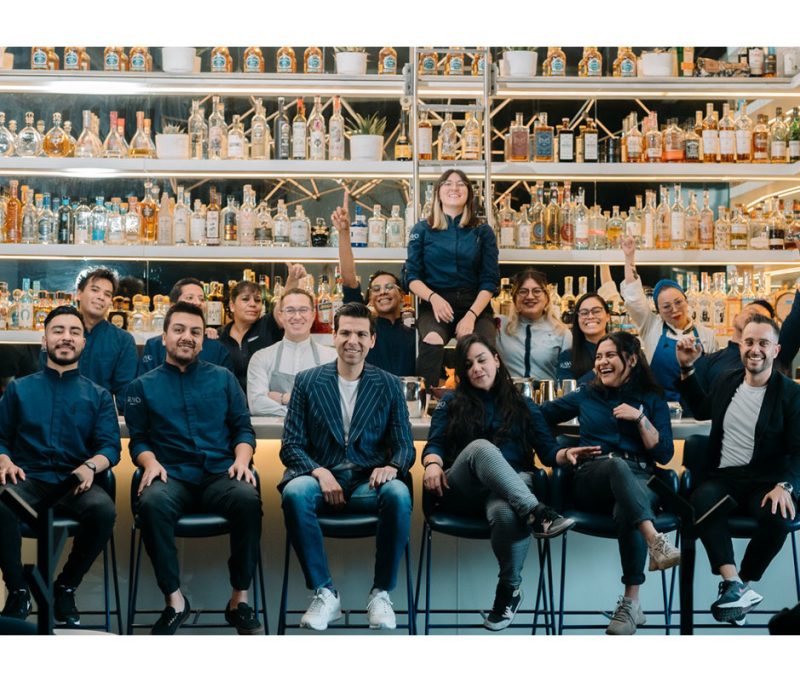
Courtesy image
Garcia isn’t exaggerating when he calls Mexico City a cocktail culture epicenter. One trusted global metric, the World’s 50 Best Bars List, included four of the city's bars among its 2022 annual pantheon of top international watering holes. On the North American version of the list, Mexico City enjoys even more representation with six inclusions. That’s more than bar-healthy towns like Chicago or even Los Angeles can claim, trailing only behind New York.
Related: 21 Best Tequilas of 2024, Tested and Reviewed
The Roots of CDMX Cocktail Culture
Mexico City’s growing class of innovative mixologists are embracing creativity and experimentation, pushing the boundaries of traditional cocktail-making techniques. It's an impressive feat considering it wasn’t until around 2011 that the mixology scene in the city began to take off.
It was that year that Licoreria Limantour, still one of CDMX’s top cocktail spots today, opened its doors. The concept wasn’t anything groundbreaking, per se. There, well-made cocktails shined a spotlight on local produce and botanicals, and now-iconic drinks nodded to Mexican cuisine—such as the bar's signature Margarita Al Pastor, made with ingredients inspired by Mexico City’s street tacos such as pineapple juice, fresh herbs, and serrano chile.
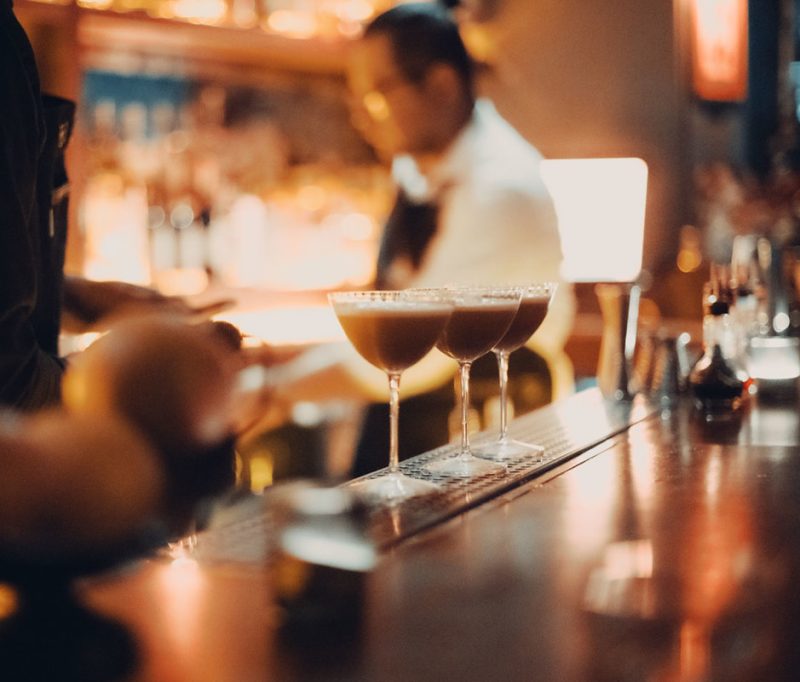
Courtesy image
Two years later, Mexico City’s cocktail scene really began to grow legs with the addition of Maison Artemisia, a multi-level cocktail bar in the now-trendy neighborhood of Roma Norte, opened by a group of expat friends from Europe who fell in love with the city.
“Mexico was the perfect scene for cocktail bars—with access to fresh produce all year long, a vast array of local and imported liquors, and lots of passionate people behind bars eager to create and share,” says Guy Bergès, co-owner of Maison Artemisia.
Bergès began to experiment with local products from Artemisia’s inception, including mezcal, which had barely even gained traction with chilangos (Mexico City residents) at that point. Other core ingredients arrived from the U.S. or Europe, via "a cheerful network of friends traveling abroad and bringing back liquors and bitters for the classics,” says Bergès. “I remember the first mezcal cocktail I enjoyed at Artemisia, prepared by Khristian de la Torre, with espadín, carrot juice, Lillet, chile ancho, and lemon.”

Courtesy image
Today, mezcal is a cornerstone of any quality cocktail menu in the city, with a growing number of bars featuring the smoky agave spirit front and center. For the past 15 years, hole-in-the-wall mezcaleria La Clandestina in Condesa has been serving over 20 varieties of unbranded mezcal on tap, coming straight from various mezcal palenques, typically to be sipped neat, but newer mezcal haunts such as Tlecan are also mixing the spirit into cocktails.
Translating to “place of fire” in Nahuatl, Tlecan is a tiny but transportive mezcaleria, with environs that feel like a minimalist ancient temple, and a beverage program that spotlights centuries-old, pre-Hispanic drinks like tascalate, made with fermented cacao. Walking into Tlecan for the first time, I felt like I’d stumbled into a secretive chamber. The second time, a packed and excited crowd indicated otherwise, though the special nature of the space remained.

Courtesy image
An Ode to History and Terroir
Inspired by Mexico's rich culinary heritage, bartenders across the city have begun infusing cocktails with not only Mexican agave spirits such as mezcal, tequila, and bacanora (a cousin of mezcal with less smoke that's gaining in popularity), but also unique flavors such as hibiscus, tamarind, and chile, seamlessly combining the traditional and the contemporary.
Xaman Bar is a prime example, offering a fusion of traditional Mexican ingredients and contemporary mixology techniques. Located in the trendy Condesa neighborhood, it entices patrons with its inventive cocktails inspired by pre-Hispanic rituals and indigenous flavors.
Related: 50 Best Vacations in the U.S.—Ranked by Travel Experts
The rise of cocktail culture in Mexico City has also seen the revitalization of historic spaces, with many bars paying homage to the city's rich heritage. Baltra Bar, situated in a beautifully restored 19th-century mansion, seamlessly blends old-world charm with modern sophistication. There, patrons can savor expertly crafted cocktails in an elegant setting that reflects Mexico City's rich architectural legacy.
Walk 15 minutes north of Baltra and you’ll encounter the jaw dropping estate that now houses both Rayo and Fonico, respectively a bar and restaurant launched by Garcia and his business partner, Victor Garibay. Inside, a cast brass spiral staircase connects the two stunning spaces, as well as one of the city’s most historic elevators, still in use—in which Garcia says they serve tiny versions of espresso martinis during parties.
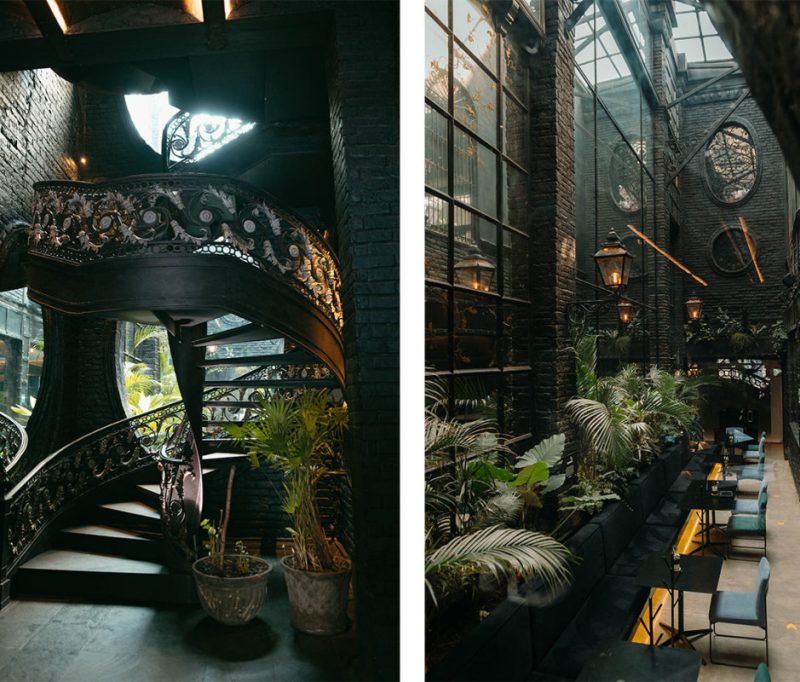
Courtesy image
The spaces in which Rayo and Fonico both sit are housed in one of the city’s most historic mansions—a house built in the late 19th century during the Porfiriato period. The design for Rayo was led by Gergana Gonzalez Pulido, who took inspiration in the rich history of the house and the concept for the menu based on spirits made from the agave plant.
It makes sense that the design for the space should nod to the agave plant, considering the inspiration for Rayo is the Aztec goddess Mayahuel—who, legend has it, took the form of an agave plant herself after being struck by lightning. One of CDMX’s cocktail bars featured on the North America 50 Best List, Rayo tells a story of its own with each tipple, all through the lens of Mexican ingredients.
The Soldado Medina, for instance, is inspired by infamous Mexican bandit José de Jesús Negrete Medina, made with Maestro Dobel Diamante Tequila and Green Ancho Reyes, as well as unique ingredients like cactus sorbet.

Courtesy image
Since transforming the menu last year, Rayo's cocktails employ cutting-edge mixology techniques and are emblematic of specific regions in Mexico. Their ‘Mexico Through the Senses’ menu—a simply numbered menu with complex applications—features a Japanese-inspired whisky cocktail, ‘4’, which takes the form of an aerated milk punch, while another ‘9’ is made with Uruapan Charanda Blanca and is both carbonated and distilled.
Rayo is also amping the garnish game with a dedicated cocktail garnish chef and unique final touches that take the form of anything from a mole-and-candy rim to beef rind on an old-fashioned style cocktail that utilizes both a fat wash and a vegetable lacto fermentation.
Related: 20 Cocktail Recipes Every Man Should Know How to Make
What’s Next for CDMX?
With world class cocktail bars sprouting up all over Mexico City, doors also open for more niche imbibing concepts—adding more nuanced color to an already vibrant scene. Natural wine bars, for instance, are all the rage in Mexico City right now. Loup Bar (below Maison Artemisia), Hugo, NIV, and PLONK are just a few of the hottest natty pours in the city for happy hour or date night, while the later night crowds are flocking to listening bars—or "music rooms"—which have gained popularity in CDMX over the past decade.
Inspired by the Japanese concept of a cocktail bar that emphasizes quality sound systems, often playing vinyl records, listening bars or Hi-Fi sound rooms are just one example of how Mexico City’s cocktail scene is continuing to branch out. Tokyo Music Bar was the first to start the trend in CDMX, and has now been followed by other successful iterations like Cafe de Nadie, which is currently featured on the North American 50 Best Bars List.
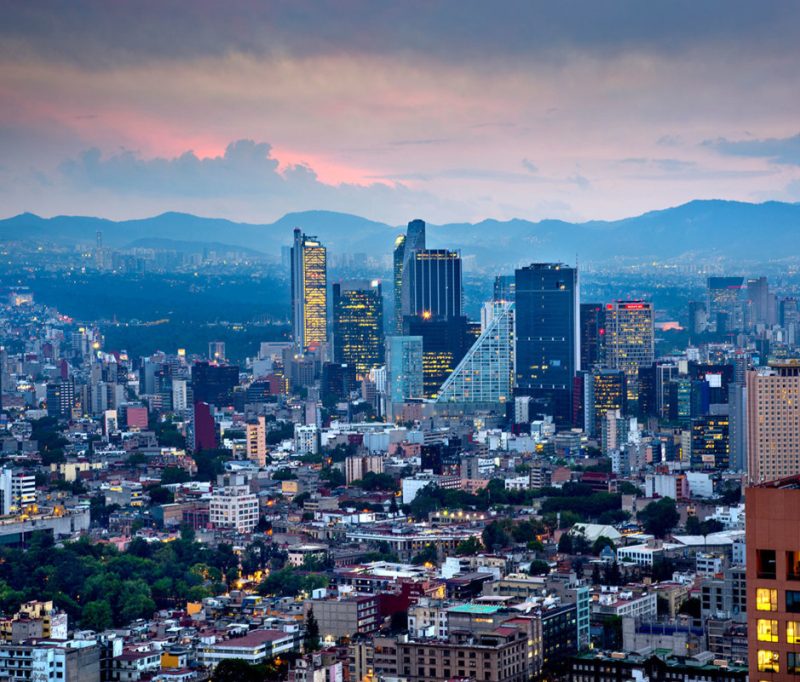
John Coletti/Getty Images
Just opened in January 2024, MINOS is the latest to hit Mexico City’s Hi-Fi scene, located in a bunker-style space with a booming sound system and a ceiling that moves and snakes like water to the rhythm of the bass. An abbreviated cocktail menu features fruit flavors of banana, guava, and melon alongside agave spirits, and a selection of well-prepared classics.
After my second cocktail here, I soon realized that MINOS is a late-night haunt—as well-clad locals began filing in, quickly bumping the cool factor of the bar all the way up to its gyrating ceiling.
Related: Adventure Seekers Need to Know About These New Hotel Openings
“As curiosity and excitement about liquors, spirits and beers continue to grow every year in Mexico City, we envision a city where bars are where people naturally go to be surprised and experience new things,” says Edo Kobayashi, whose hospitality group is behind Hotel Volga.
For those visiting the vibrant city today, Kobayashi’s words ring true. Anyone who might have doubted Mexico City’s global cocktail power were instantly hushed when Handshake Speakeasy, found in Colonia Juarez, took the top spot on the list of North America's 50 Best Bars this year—a first for Mexico. Rather than eating their words, we’re pretty sure those folks will prefer sipping a CDMX-inspired mezcal cocktail instead.
